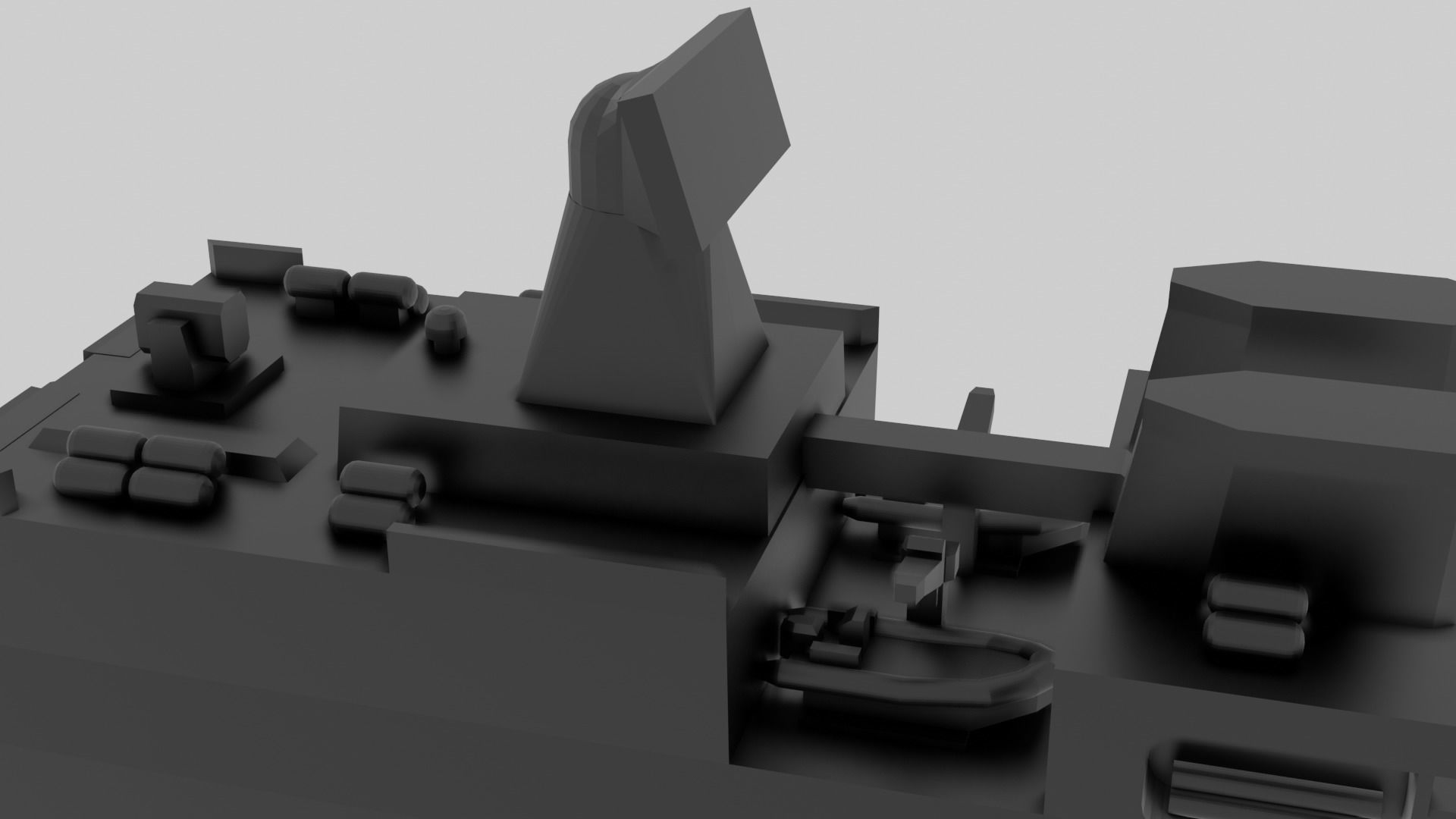
FGS Sachsen - Model for small scale printing 3D print model
The Sachsen-class is the most advanced class of frigates in German service, being highly capable in Anti-Air warfare. Three units were built: Sachsen, Hamburg and Hessen. The first two units entered service in 2004, with Hessen following two years later. Since their offensive weaponry is rather large, being the largest in the german navy, the term frigate is rather stretched, destroyer would rather fit like their US counterparts.
Overall the class is quite similar to the preceeding Brandenburg-class, though many systems are newer and bigger. The VLS has been enlarged, carrying double the capacity of the previous class. The main APAR has also been enlarged, being able to more than a thousand of targets at once. Together with the other fitted systems, mainly the SMART-L System, the class is capable to surveying the airspace around a task force effectively and quickly. Due to this reason, the Sachsen class is a well seen guest in task forces around aircraft carriers.
In 2013 the Hamburg was sent to a US task force around the Dwight D. Eisenhower, being responsible for the arial surveillance and defence, the first time for a foreign vessel to have the sole responsibility for that task. All units were sent to several missions in anti-piracy, protecting shipping and guarding waters. The biggest incident with the class was in 2018 when a SM2 missile onboard Sachsen failed to leave the VLS, burning up inside. The resulting damage caused a fire onboard, with two crewmen suffering psychological injuries.
All units are planned to recieve an upgrade in the coming years, replacing their aft main radar and fire control computers. In the 2030s, they are planned to be replaced by the F127 class of frigates, also designed for anti-aircraft warfare.
Note: This model is recommended to be used in the 1/2000 scale. The models itself isnt scaled, the scale table is down below.
1/4000: 3,6cm or 1.42in
1/3000: 4,8cm or 1.89in
1/2000: 7,15cm or 2.81in
1/1000: 14,3cm or 5.62in
For self calculation: The Sachsen is roughly 143m or 469ft long.
The model is intended to be used with little supports as possible, yet some are recommended below the bridge wings and overhangs, as well as the barrel. I recommend using a resin printer for this. Up and Downsclaling might be possible, yet I dont know to what extend.
Updated to V2: Fixed geometry which prompted several slicers to interpret internal faces as cavities. Removed unneeded vertices along the centerline. Stitched holes in the bridge assembly. Fixed normal vectors in the area of the VLS. Several new faces in the bow deck area created to reduce polygons. Triangulated non-planar faces. Hit myself in the back of the head for not noticing such serious defects. All files updated with the V2 marking to indicate changes made.











